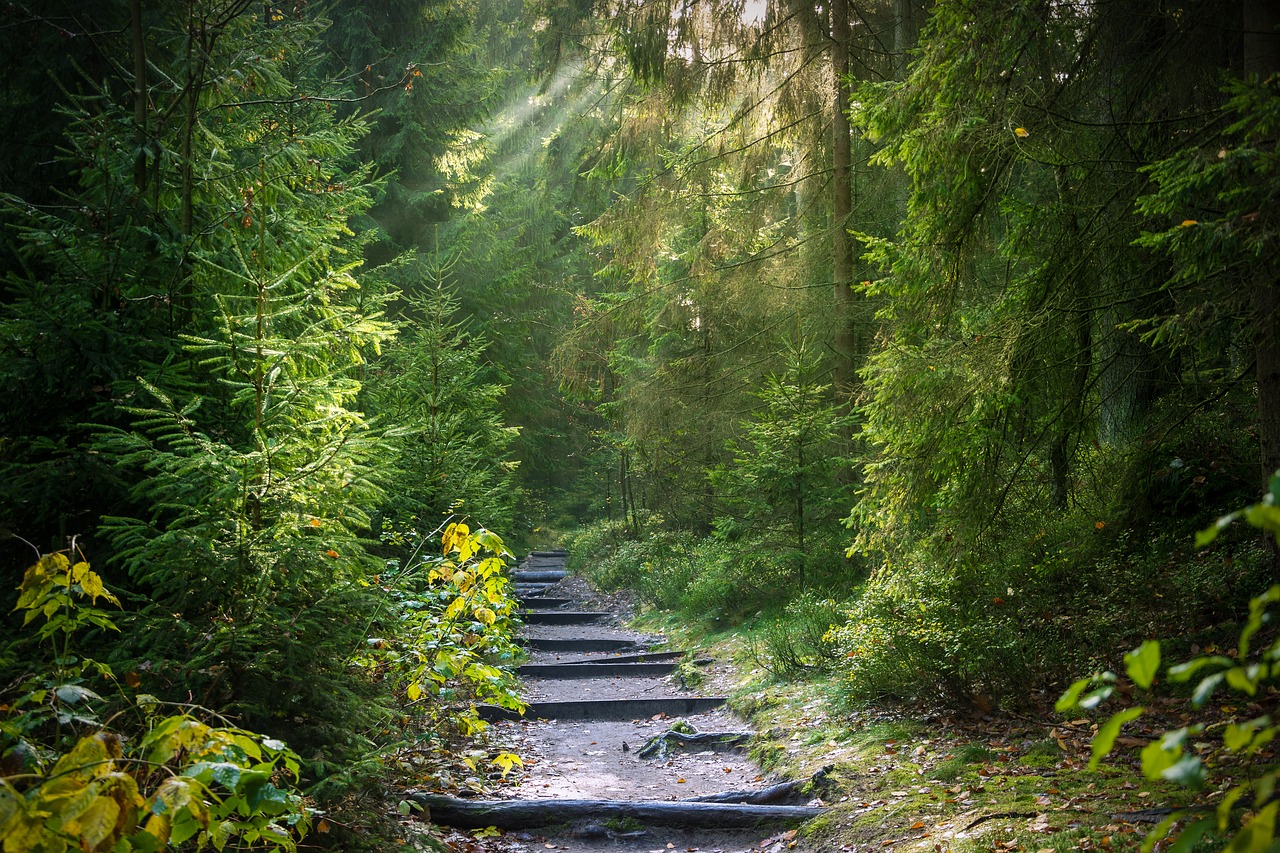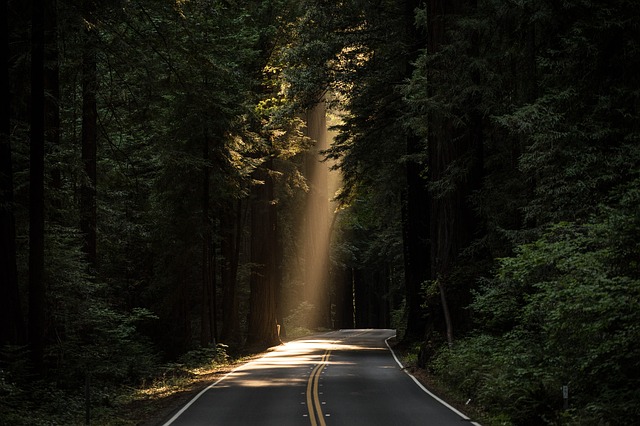What makes a classic timeless while another about the same topic from the same year is relegated to the past? Certain language and concepts date material, while others don’t. Talking about your Blockbuster card is going to make you sound old, but writing about why Blockbuster made the market what it was won’t. Evergreen content is content which doesn’t age (or, more realistically, lasts a really long time before it’s obsolete).
It stands opposite current events and the news in terms of both topics and function. There are many ways to write evergreen content, but you have to know why and how they relate to what you’re writing to make the content good. An evergreen article about what a given fad is will age like milk, while an article about what the fad meant to you can last and last. There has to be balance and forethought when dealing with evergreen content.
The Basics of Evergreen Content
When building a blog or marketing collateral, you have to consider how long content will be relevant and how long you can use it. Content about the end of life for Windows 7 is going to be completely obsolete in a few months, but content about smashing through writer’s block will be relevant for years and years to come. Some topics are inherently timeless, others are time sensitive.
When writing evergreen content, you need to adhere to certain things. Evergreen content shouldn’t use slang where possible, shouldn’t be about time-sensitive events, and should be written in a way that makes it read like it was written yesterday. Topics should cover things which have staying power. Not every topic can be evergreen, and not just any article should attempt to be evergreen either.
What Makes Good Evergreen Content

Evergreen content is content which is for all intents and purpose timeless, or at least extremely long-lived, and can be pushed year round without being dated. Some content may be applicable year after year, but only at certain points in the year. Evergreen content is neither seasonal nor ideally subject to change. Interest in topics like love won’t change, but the dating app of the week may come and go in the blink of an eye.
One way to find a good evergreen topic is to think of something relevant to your parents which still matters today. Love, philosophy, art, music, etc. can all be easily made evergreen, but news and events really just can’t. Some topics like culture, politics, fads, technology, etc. can be but only when written to be so. You trade the impact and relevance on today for the timelessness to push the content tomorrow.
Shaping Content to be Evergreen
One of the easiest steps to make content more evergreen is to avoid recent events unless they are effectively living history. Limit temporal events to tangential or editorial parts of the content. A missed reference doesn’t really matter in an example, but it does impact a definition.
Abstraction helps make content more evergreen as well. General security practices may not change that much, but what might be relevant this coming year does. Abstraction does come with a cost though, the more abstract, the less specific the content can be. Too much abstraction and you end up writing about effectively nothing, too little abstraction and your content has the expiration date of milk left overnight on a counter.
Shades of Green

A lot of marketing departments think in terms of news (or events) and evergreen content. This is a bit shortsighted as there is plenty of content which can be more specific and stay relevant for several years without needing changes. You don’t have to double down on all or nothing with evergreen content, you can find a happy medium.
This type of in-between content is especially relevant for technology and seasonal content. Technology has fads and trends which may not last forever, but will last for quite a while. Articles like Is the Internet of Things (IoT) Going to Kill Privacy? are pretty much evergreen as long as the Internet of Things stays around (and it will), while articles like A Quick Breakdown of CrySIS / Dharma – October 2019 have no real shelf life. An article like Fileless Malware 101: The Advent of New Generation Malware has far more staying power by combining the principles with a specific implementation into a case study. This article has a long life, but isn’t quite evergreen as it explores what was at the time a new phenomenon but one that will arguably become commonplace in the next few years.
Balancing Evergreen Content

You can shape a lot of content to be evergreen, but that shaping can impact how relevant it is now by changing the fundamental nature of your content. It’s okay for content to have an expiration date, you just have to be aware of it. Not all content has to last forever, and not all content can. Sometimes a happy medium can be found to extend the life of content and make it more evergreen than the news, but sometimes that requires a compromise.
The news gets its power from the fact that it is detailing what is happening right now. Evergreen content is the complete opposite in that it details something without anything tying it to what is happening right now. A classic stays a classic and doesn’t ever become a showcase of modern works. If you try to force it, you end up with an anachronistic combination, or a lot to say about absolutely nothing.
There has to be a balance between types of content. You can’t frame current events as evergreen and hope to keep up with news sites, and you can’t frame evergreen content as news or you end up as a Z-list clickbait writer. Weigh what the purpose of the content is before trying to make it evergreen. The end of life for Windows 7 has an expiration date, but general security practices don’t, but you can’t just write about generalities forever either.
Too Much of a Good Thing

People hear that evergreen content is great for SEO and lose sight of the fact that while it is, your content becomes a manual rather than organic content if everything is evergreen. An evergreen forest looks great, but not that great if you’re looking to see the leaves fall in autumn. Only having one kind of tree in the forest makes the forest unhealthy as well. Exclusively evergreen content also makes a site feel static and potentially a remnant of the past. News and events will eventually fade, but they show that a site is active.
Turning the News into Evergreen Content

You can also turn a news item into a more evergreen piece of content after the event has long since passed. If you’re writing about a product launch, that’s going to be a news type event, but you can always write about how it specifically impacted the industry and shaped it. This makes a news item become a more evergreen piece of content.
If Taylor Swift (or another pop artist of choice) are going to launch an album, and you write about pop music, wouldn’t it be pertinent to write about the release? Of course you will, it’s an easy way to cash in on a newsworthy event for your field. Write about the album, what inspired it, when it’s coming out, the usual. Once the album’s out and that news article isn’t really relevant anymore, you can write about the inspiration and what made it sell the way it did, or how the album made you feel and what it means to you. You can turn it into a case studio or an editorial which can give new life to old content. Get even more meta and write about how that news impacted you and shaped what you’re doing in general.
I write about technology in a professional capacity, and I use this tactic constantly. I find PR opportunities and fads and write about those, then use the opportunity to turn those into further, more evergreen content. Sometimes, the process is even reversed. I write about a general concept, then something in the news and how it relates to the concept (e.g. A Quick Breakdown of CrySIS / Dharma – October 2019 from above). One set of content gets used for news and events, the other turns into more long-term content. Who gets what depends on what the purpose of writing the original piece was.
Decline Curve Analysis
Decline curve analysis is a practice in the oil and gas industry for assessing the feasibility of a potential well. I’ll spare the details, but basically, it’s a way to conceptualize how profitable a well will be by creating a prediction based on a new well’s initial production and the analysis of similar, nearby wells. Some wells are basically done in the first year while others go and go for decades.
I apply this principle to any article I write. An article is a well of views (or engagements or whatever metric you want to use). I may not have control over how great people think the writing or content is, but I can guess based on initial views and similar content what the life of my article will be.
Certain articles like Using DISM and SFC to Fix Windows Issues may not start out with many views, but the type of content has a very slow decline curve (and has gone up in views as Google ranks it higher and higher). It probably won’t make the front page of social media, but it also drives steady traffic. Other articles like Why STEM Needs the Liberal Arts got a good number of views for a bit but quickly trailed off.
Even though both of these articles are arguably evergreen, one continues to drive traffic while the other has basically dried up. Both drive some degree of traffic because they’re evergreen, but the scales are different. One is steady, the other provided the majority of its bounty up front. Self-help topics, technology, editorial essays, etc. all tend to be very short-lived, but I know and expect it by analyzing the decline curve for my views.
A Healthy Forest

Evergreen content is extremely powerful from both an SEO and marketability perspective, but it’s not the only factor to consider for content writing. Forests require biodiversity to not be artificial and to remain healthy, just like your content does. You can favor evergreen content for all of its benefits, but stay relevant to what’s going on today as well.
You can shape a lot of content and make it more evergreen, but some should stay in the moment. Turn your news into fertilizer for more evergreen content. Put your evergreen content into the context of current events for new news. You stay relevant, you keep up with the present, but you also get the benefits of long-term usable content.
Featured image by Jens Enemark from Pixabay



